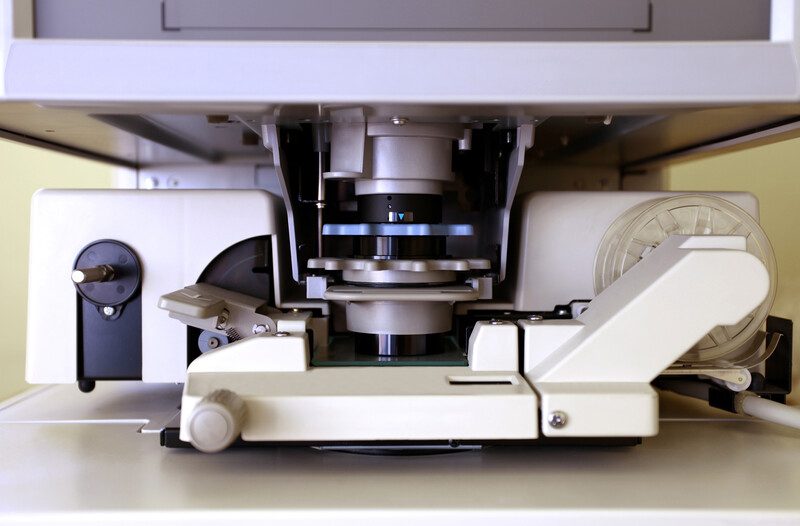Libraries, academic institutions, state historical societies and genealogical groups all aim to gather, preserve and share the collective history and learning for the communities. Local historical groups and libraries have information from old newspapers, census reports, historical artifacts, photos and personal papers preserved on microfilm. However, those who are interested in local history and preservation may avoid searching those micrographic records as they don’t like using old microfilm readers or because they find the process tedious. In addition, repeated use of microfilm and microfiche can cause accidental tearing or bending of the film.
To overcome some of these negatives, today, many libraries and archives are converting microfilm to digital format and then creating searchable databases. Partnering with a professional document scanning company can help convert all types of microfilm, cartridges and microfiche to PDF, searchable PDF, TIFF and JPG formats. This allows libraries to improve accessibility to historic archives and safely preserve the original records.
After digitizing the newspapers or historical documents, it is possible to produce a comprehensive, keyword searchable, digital archive. This helps the patrons to search the entire archive of newspapers, vital records, journals, or any other historic document with simple and intuitive text searches. The key benefits of converting microfilm into digital format include:
- Helps reduce library facilities’ costs by freeing up space previously reserved for microfilm reading rooms
- Helps you save money on microfilm reader repair or replacement
- Reduces the wear and tear on microfilm and microfiche
- Makes data available to patrons and library staff 24/7
- Increases the life span of the documents
- Lowers the cost of usage and production
- Improves storage efficiency
- Helps to keep the records safe from natural disasters like flood, hurricane and other events
By digitizing, the information can be shared more easily between individuals and also with a larger audience. With digitization, the library staff can easily email digitized historical records to patrons. Since the scholars and researchers are located around the globe, they may not have the resources or ability to travel all over the country to uncover these microfilm resources at their physical location. A digitized microfilm collection converted to an online resource will give life to history that would otherwise have remained locked in a vault.
Many publications, libraries and government offices are digitizing their microfilm assets for online databases. In fact, digitizing microfilm for the internet allows a greater number of people to see the microfilm images from anywhere. It is also perfect for publications, magazines and newspapers that are looking to offer online subscriptions and for companies looking to digitize their old archives.
For instance, Rockville Centre Public Library had a huge collection of newspapers dating back to the 1800s, which was preserved on microfilm. They recently finished digitizing these newspapers and the entire archive is now available 24/7 on the library’s website. The library’s archivist Alene Scoblete says, “All of the newspapers were scanned from rolls of microfilm that then had to be digitized to optical character recognition, or OCR form in order to make them searchable.”
The digitization allowed the public to access a number of historic papers digitally on the library’s website.
Todd Kaminsky, New York state senator for the 9th district, says, “Rockville Centre Public Library has one of the most robust collections, and now, instead of manually searching archives or scrolling through microfiche, these newspapers can be accessed remotely.” The library’s website makes it easy to search for old stories from papers that cover 135 years, from 1865 to 2000. The digitization project has made it easy for interested people to do historical or genealogical research. Since the materials are available online, you can access it from anywhere any time.
Todd Kaminsky agrees that this project is beneficial to the community. He points out, “Preserving newspapers is an important way to teach future generations about the history of their own community and this makes it so much easier for people to access old articles.“
The digitization of microfilms is best carried out by professional document scanning services. With the latest advanced technology, reliable microfilm scanning service providers can convert information from microfilms into accurate digital format.




